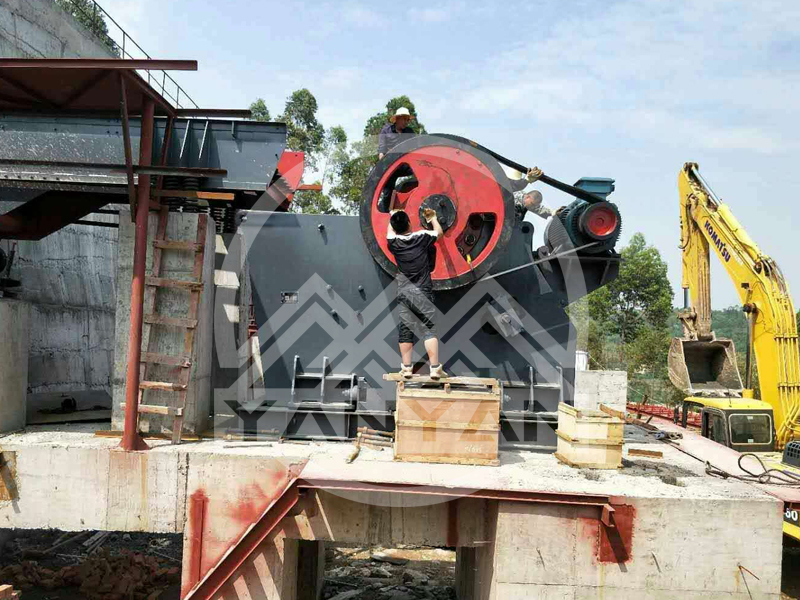Introduction
Jaw crusher are essential machines in the mining, construction, and aggregate processing industries. They are used to break down large rocks into smaller, more manageable sizes. Understanding the basics of jaw crushers can help you choose the right equipment for your needs and maintain it properly for optimal performance.
Types of Jaw Crusher
There are two main types of jaw crushers: single toggle and double toggle.
Single Toggle Jaw Crusher: These are more compact and can run faster. They are popular for their quick operation, although they may experience more wear and tear than double toggle crushers. Technological innovations have solved feed size issues, making them versatile for various applications.
Double Toggle Jaw Crusher: Known for their high energy efficiency and durability, these crushers are often used for hard and abrasive rocks. The overhead pivot design reduces wear and tear on crusher faces, making them suitable for primary crushing stages.
How Jaw Crusher Work
Jaw crusher operate on the principle of compression. They consist of a fixed jaw and a movable jaw, which work together to reduce the size of the material. The process involves the following steps:
Feeding: Material is fed into the crusher's chamber.
Compression: The movable jaw exerts force on the material, pushing it against the fixed jaw.
Crushing: The material is broken down into smaller pieces through repeated squeezing.
Discharge: Once the material is small enough, it passes through the discharge opening.
The size of the crushed product is controlled by adjusting the gap between the jaws. A tighter setting results in a smaller output size but may reduce throughput capacity.
Operation and Maintenance Tips
To ensure the efficiency and longevity of your jaw crusher, follow these best practices:
Lubrication: Grease lubrication systems are preferred over oil-lubricated systems for better performance and reduced maintenance.
Regular Checks: Conduct annual radial clearance checks of the mainframe bearing to monitor wear and tear.
Proper Feeding: Choke-feeding maximizes production capacity and ensures uniform particle breakage. However, if fewer fines are desired, trickle-feeding can be used, though it may affect particle shape and reduce throughput.
Maintenance Schedule: Establish a routine maintenance schedule that includes inspecting and replacing worn parts, checking the alignment of the toggle plate, and ensuring proper tension.
Common Questions Answered
What are the advantages of jaw crushers over other types of crushers?
Jaw crusher excel at breaking up large and hard materials into manageable pieces with minimal wear and tear. They are more efficient than primary gyratory crushers and typically output minimal fine materials and dust. Their compact size also makes them ideal for tight spaces like underground mining and mobile crushing applications.
When should jaw crushers be used instead of cone crushers?
Jaw crusher are typically preferred as primary crushers due to their ability to handle large feed sizes and their efficiency in breaking down hard materials. Cone crushers, on the other hand, are often used in secondary and tertiary stages for producing more cubical products. The choice depends on your specific production needs and goals.
Conclusion
Understanding the basics of jaw crushers, including their types, working principles, and maintenance requirements, is crucial for effective operation in various industries. By following best practices and keeping up with regular maintenance, you can ensure your jaw crusher operates at peak efficiency, reducing downtime and maximizing productivity.
For more detailed information and to explore the latest models and technologies in jaw crushers, where we offer expert advice and high-quality equipment tailored to your specific needs.

